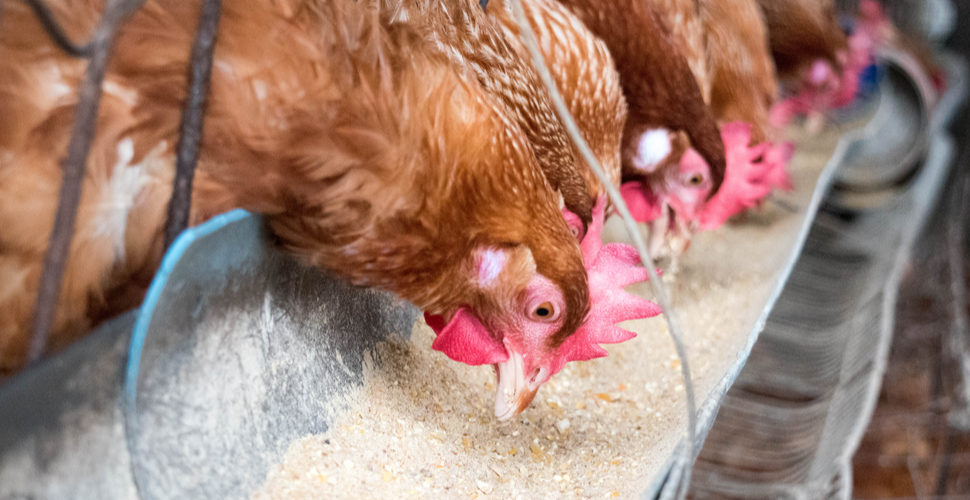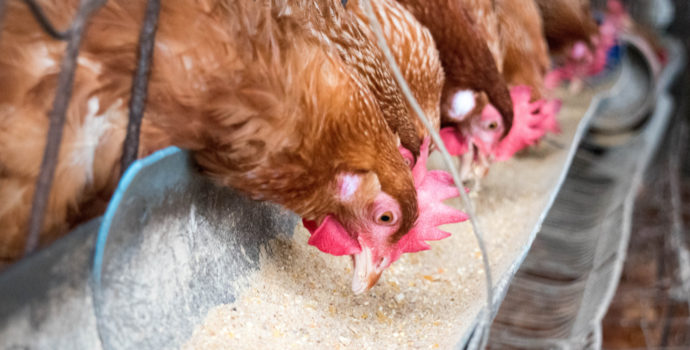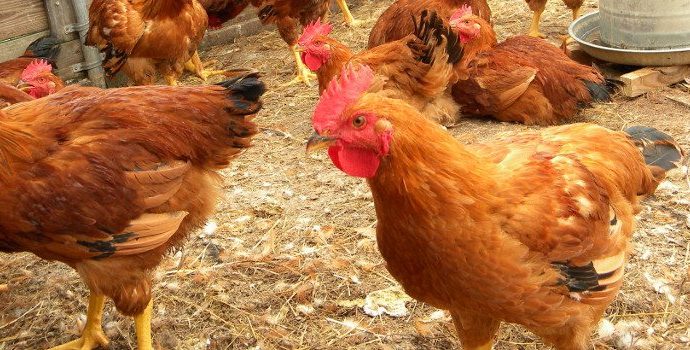Poultry Council Report July 2022

Market report
The Irish Poultry industry has had significant increases in input costs on farm and for processing plants and egg packers. Inflation is at a 15-year high and while the price of chicken and eggs has altered in recent weeks on the shelf, farmers have yet to receive their full cost recovery from the processors and egg packers. Progress has certainly been made with broiler growers receiving circa 2 thirds of their initial requirement of 15c per chicken and egg producers have received circa 20c/dozen which will cover feed costs for the current month but no other additional costs are covered as of yet.
In order for Irish poultry farmers to get justified increases in their payment terms this needs to be addressed as a matter of urgency. The need for a food ombudsperson with statutory powers of enforcement is critical to controlling the power of a small number of retailers that have reduced the viability of poultry Irish farmers. A Bord Bia quality assured 1.9kg whole chicken retails at €4.79 c/kg in discount retailers back in May, today this same chicken is retailing at €4.99c/kg, an increase of 20c. This is not enough to pay sufficiently for all the transport, packaging, processing and most importantly the farmer for growing this chicken.
The egg market has improved over the past number of months and eggs are certainly less plentiful than they were earlier this year. Most egg producers have now got cover for the cost of feed after numerous negotiations and a number of protests.
Like other sectors the increase in input costs has been heavily felt. Feed costs have soared for egg producers, putting a downward pressure on margins, but these costs are partially covered by the processers, (egg packer) in some cases. Many other cost increases that are also causing problems namely replacement birds, electricity, labour etc. Organic Egg producers are really feeling the hit of feed costs increasing to circa €915/tonne, although this has decreased by circa €30/tonne this month.
The IFA Poultry Committee have been highlighting the increase in input costs incurred by Poultry producers of meat and eggs and the sheer urgency of immediate price recovery for producers. The retail price of eggs has seen some upward movement in recent days in some outlets and continuous efforts are ongoing to ensure this increase is passed back to farmers. The practice of selling product below the cost of production is devaluing product and creating an expectation among consumers which is completely unsustainable. The IFA are engaging with retailers and will start the next round of meetings on cost increases this week.

High Pathogenic Avian Influenza – Update
HPAI has been a major problem this year especially in Monaghan/Cavan where a large number of flocks have been affected. The first outbreak of Highly Pathogenic Avian Influenza subtype H5N1 (HPAI H5N1) in poultry in Ireland was confirmed on November 20, 2021. Between November 20, 2021 and December 20, 2021 six outbreaks of HPAI H5N1 were confirmed in poultry flocks in Ireland. As a result, restriction zones consisting of a 3km minimum radius Protection Zone and a 10km minimum radius Surveillance Zone were put in place. Following appropriate disease control measures, and in accordance with EU and national legislation, all restriction zones were removed.
However, unfortunately a wild bird has been confirmed H5N1 positive off the Kerry coast last Friday the 8th of July. This is not unexpected given the level of infection pressure and environmental contamination that occurred this past high-risk season. Recent die-offs being reported, in particular in breeding seabirds off the coast of the UK. DAFM are monitoring the situation and continue to liaise closely with NI, GB and EU colleagues in relation to the ongoing circulation of this H5N1 strain.
The risk level with good biosecurity for incursion into poultry and captive birds has not changed (low with good biosecurity) and the long daylight hours and higher temperatures all help to mitigate the risk. However, stringent biosecurity is so important and the importance of continued vigilance cannot be over emphasised.




